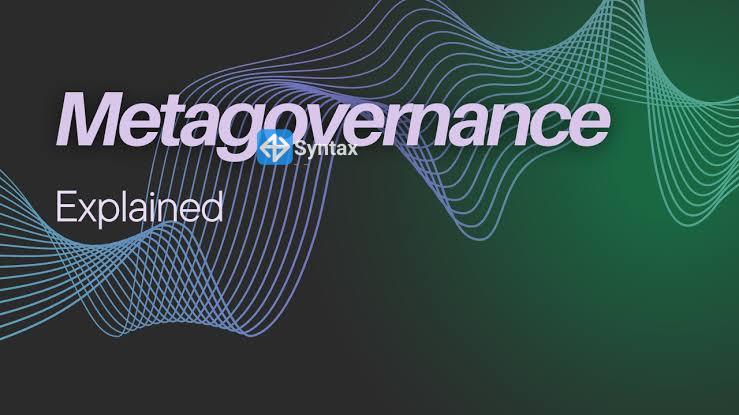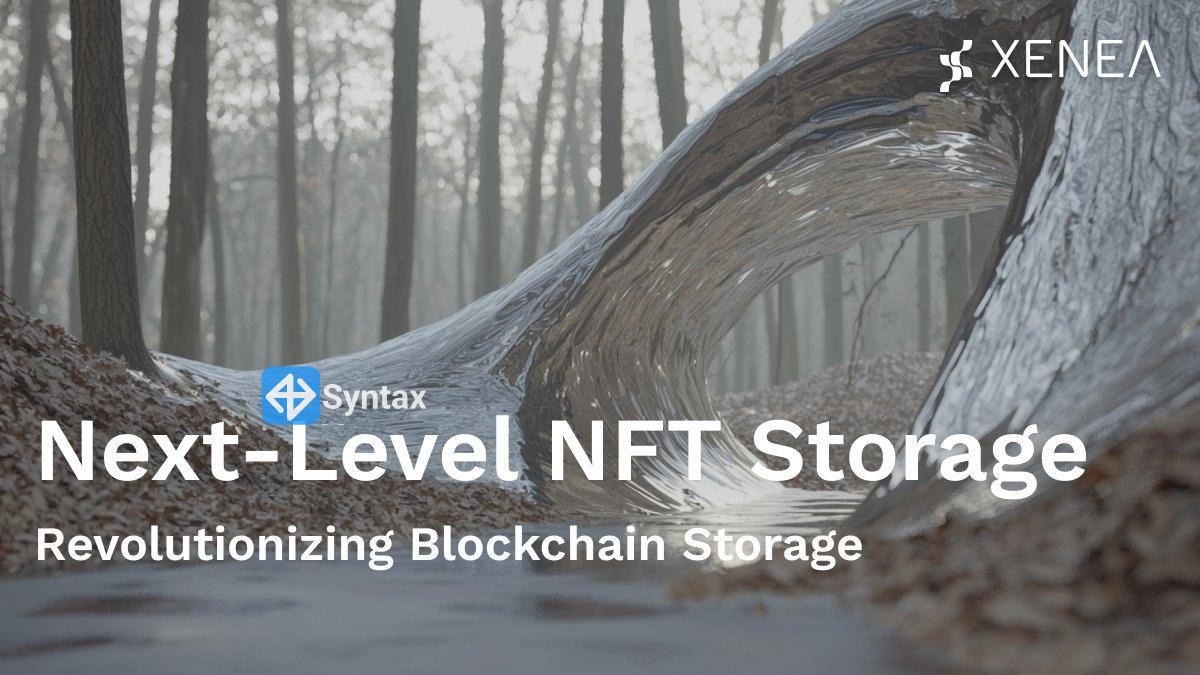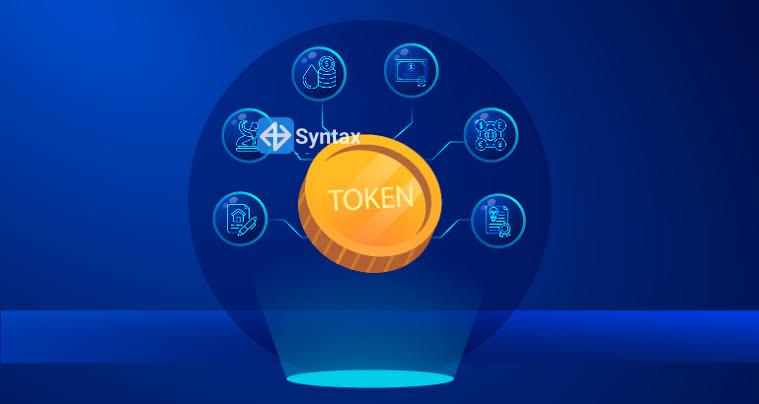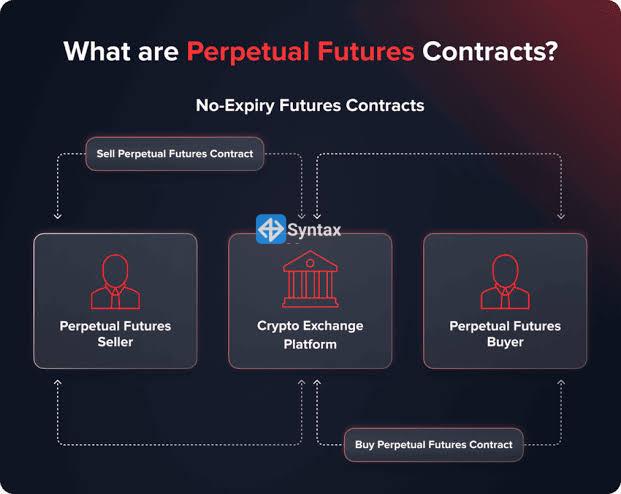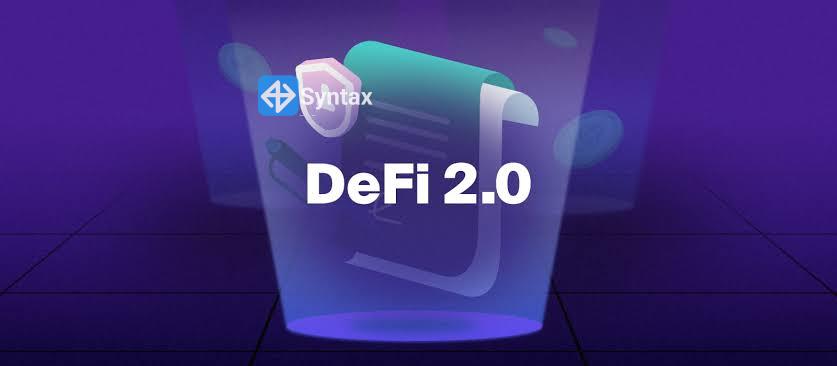Web3 promised a decentralized, user-owned internet and at the heart of this vision lies the Web3 domain system. Platforms like ENS (.eth), Unstoppable Domains (.crypto, .nft), and others were introduced as alternatives to traditional DNS, offering censorship-resistant and blockchain-based domain names. But despite the hype and early interest, adoption has been slower than expected, and the system appears to be falling short of its potential.
Let’s explore why the Web3 domain ecosystem seems to be struggling and what might be holding it back.
1. Limited Browser Compatibility
One of the biggest hurdles is accessibility. Web3 domains are not universally supported by mainstream browsers like Chrome, Safari, or Firefox. Unlike .com or .org domains, .eth or .crypto addresses require browser extensions, custom settings, or dedicated dApps to resolve properly.
This creates a significant barrier for average internet users who expect plug-and-play experiences. Until these domains work natively across the web, mass adoption will remain difficult.
2. Lack of Real-World Use Cases
While owning a decentralized domain sounds futuristic, the real-world utility is still limited. Many people buy Web3 domains for speculation or as a novelty, rather than using them for active websites or services.
Without strong incentives to use Web3 domains, such as hosting decentralized content, identity systems, or business applications, they risk becoming digital collectibles rather than essential infrastructure.
3. High Costs and Complex Onboarding
Registering a Web3 domain often involves crypto wallets, gas fees, and token payments, which can be confusing or expensive for newcomers. The user experience isn’t as simple as buying a .com domain with a credit card.
This complexity discourages adoption outside the crypto-native community and alienates users who just want a simple domain name.
4. Fragmentation Between Providers
Unlike traditional DNS, which is globally standardized under ICANN, Web3 domains are fragmented across multiple providers with no universal standard. For example, ENS (.eth) and Unstoppable Domains (.crypto, .wallet) operate independently and are not interoperable.
This creates confusion and weakens the case for a unified, decentralized domain system that can rival traditional DNS.
5. Limited Support from Major Platforms
Tech giants like Google, Facebook, and Amazon are yet to embrace Web3 domains or integrate them into their ecosystems. As a result, most of the internet remains unaware of or indifferent to the concept.
Without backing from major platforms, Web3 domains struggle to gain visibility or perceived value outside the Web3 community.
Web3 domains aren’t dead, but to succeed, the industry must focus on real-world use cases, seamless onboarding, and collaboration among providers to create a more unified and accessible ecosystem.




